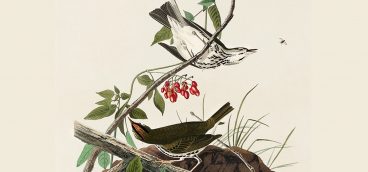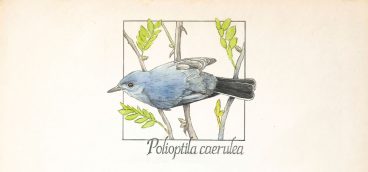
The medical residents were gathered in the library of the house on Pembroke Place in Shadyside for their monthly journal club when a knock came at the home’s entrance. After a brief exchange, there was a strange request: “Doctors,” said the convening surgeon, “we’re needed next door. There is an unusual intruder.” It seems an …
What’s that Otherworldly Sound in the Wee Hours? Read More »




















